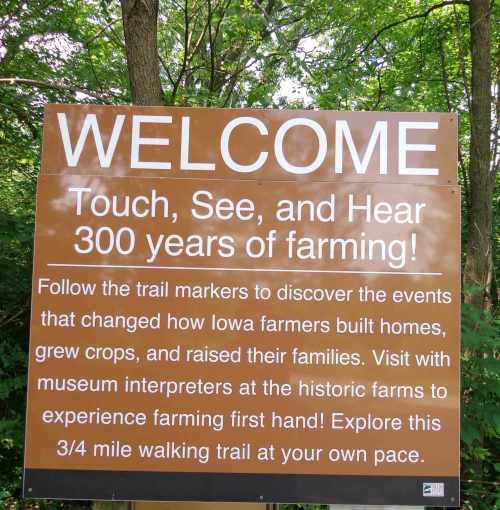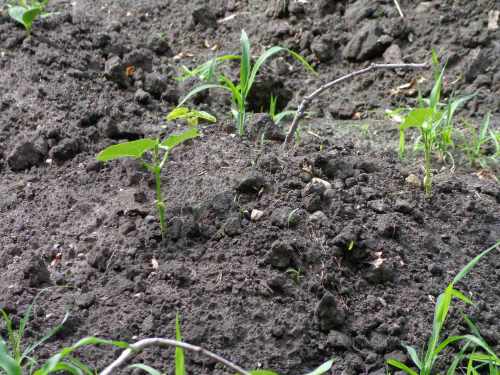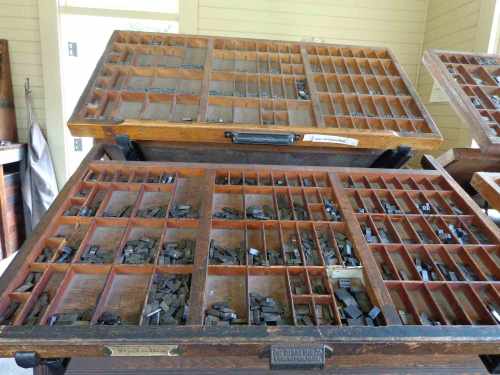I would, over the course of my research, interview farmers in Iowa, but my first destination was an outdoor museum, the Living History Farms in Urbandale, IA, near Des Moines.

I love history, and this turned out to be a particularly good place to indulge that passion. The interpreters/re-eneactors were all amazingly knowledgeable and the set-up was brilliant. One first enters the “town” of Walnut Hill. From there, it’s a short tractor ride to the beginning of the trail that leads to the various farms. Each farm (defined by era: 1700, 1850, 1900) is sufficiently far from the others that you can’t see any time period other than the one you’re in. Between farm eras, the trail leads through hills and forest, where a handrail acts as a timeline, with dates posted along with what is occurring in U.S. history between the dates of the three farms. This offers context to events in the region.
I’ll have posts for each region, starting with Walnut Hill. Here, buildings, placards, and docents introduce the visitor to life in a small, Iowa town in 1876. There are houses, barns, a pharmacy, general store, bank, school, law office, millinery shop, church, cemetery, blacksmith (vital on the frontier, for making tools, shoeing horses, and repairing plows), cabinetmaker, a print shop (always a priority, since staying informed was considered so vital to the success of the young U.S.), doctor’s office, veterinary clinic, and broom maker—all the necessities. It’s a wonderful step back in time, and a delightful way to “experience” history. The townsfolk stress the connection between town and farms—one could not survive without the other. If you’re interested in visiting, you can learn more at http://www.lhf.org/.
Here are a couple of photos I took in Walnut Hill. They only hint at all that is offered, but I think they capture a bit of the flavor.

Farm houses and barns at edge of Walnut Hill

Lots of free parking along Walnut Hill’s main street.




















